Brazil’s Breakthrough: How Polylaminin Is Redefining Healing and Human Potential
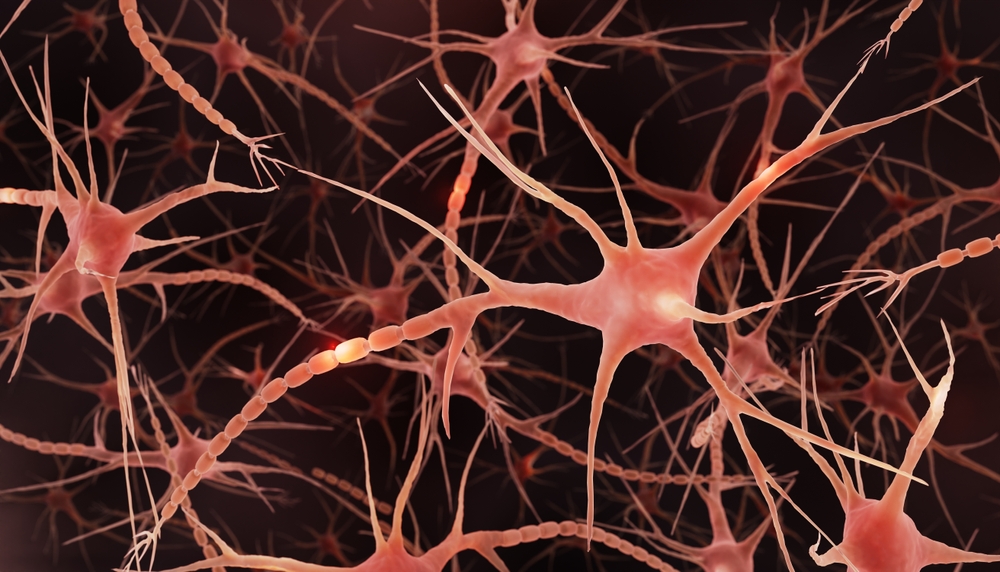
Imagine waking up in a body that will not move. Your mind is alive, but your limbs stay silent, cut off from every signal you send. For millions living with spinal cord injuries, this is not a temporary silence but a daily reality. Yet in a quiet lab in Brazil, a team of scientists led by Dr. Tatiana Coelho de Sampaio at the Federal University of Rio de Janeiro has been working for more than twenty-five years to change that story.
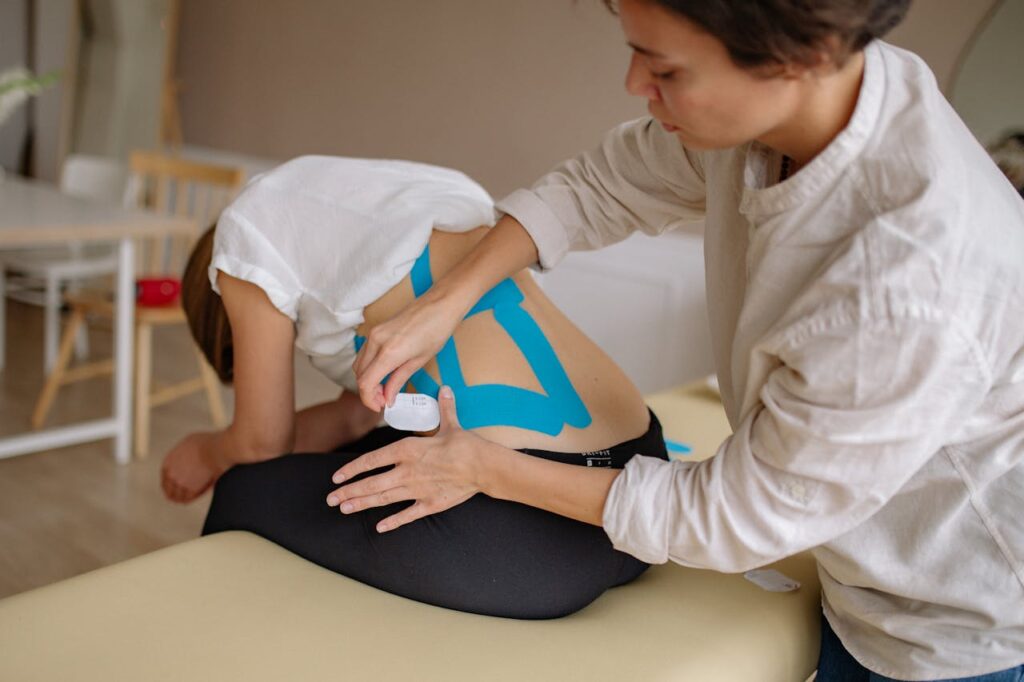
They developed polylaminin, a modified form of the natural protein laminin. Derived partly from placental sources, it acts like a biological map, guiding damaged nerves toward reconnection. The material mimics the supportive structure of the developing nervous system, giving injured cells a space to rebuild.
Early human trials have sparked new hope. Some patients once told their paralysis was complete have shown faint yet measurable signs of movement. It is not a miracle, but it is a beginning. Every discovery starts with a belief that impossible is only a word waiting to be proven wrong.
Rebuilding What Was Lost
Every breakthrough begins with a question that refuses to fade. For the scientists behind polylaminin, that question was simple yet profound: could a single protein help the nervous system rebuild itself? Laminin, the natural molecule that helps cells attach and grow within the body, offered a clue. In a healthy system, laminin acts like scaffolding, supporting the growth and organization of cells. After a spinal cord injury, however, its presence in the central nervous system is too limited to drive large-scale repair. So the researchers reimagined it.
Through careful chemical modification, they transformed laminin into a polymeric form—a mesh of interconnected strands that behaves more like a living framework than a simple molecule. This new version, called polylaminin, is stable at body temperature and designed to be delivered directly into the injured region, where it integrates with surrounding tissue instead of staying separate like an external device or transplanted cell. Inside that space, it recreates the environment of a developing nervous system, offering damaged neurons a supportive architecture to grow, attach, and extend their processes once more.
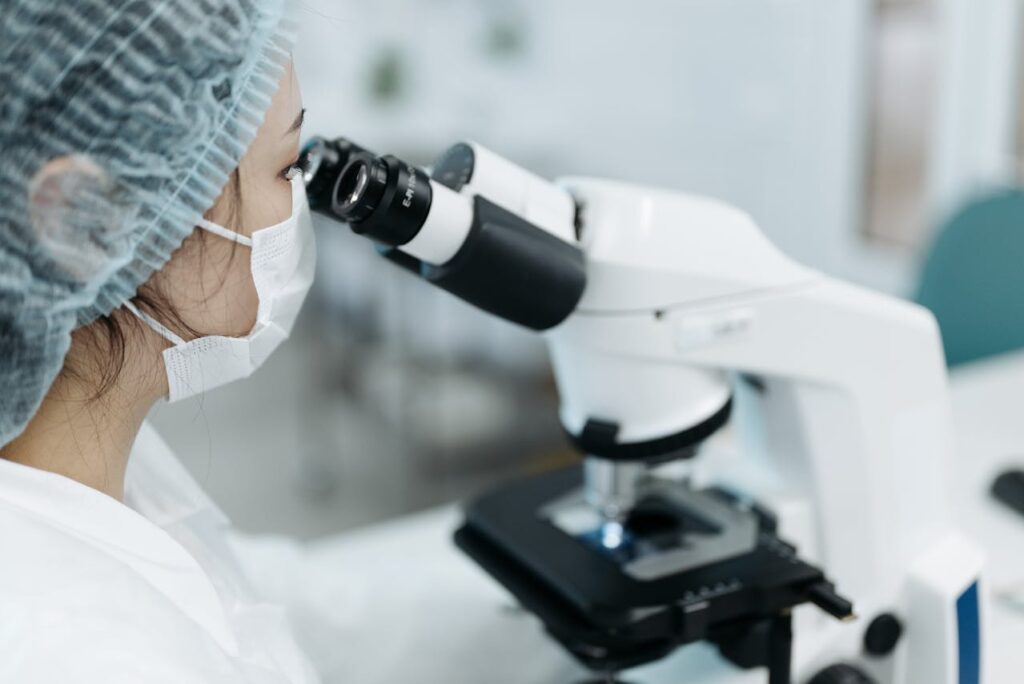
What makes polylaminin remarkable is its versatility. Its three-dimensional structure can act as a foundation for stem cell attachment or combine with growth factors that encourage regrowth. Early laboratory studies showed that neurons exposed to this polymer reorganize and lengthen more effectively than with unmodified laminin, hinting at its potential to reconnect disrupted pathways. It represents a shift in medicine—from treating symptoms to changing the structural conditions that prevent healing. By blending the science of biomaterials, regenerative medicine, and neurobiology, polylaminin turns the concept of repair into a living reality.
The Evidence So Far
Over the past decade, studies on polylaminin have progressed gradually from animal experiments to the first cautious human applications. In rodent models, the polymer improved motor coordination and balance after spinal trauma. Neurons placed on the material extended their axons farther than on standard laminin, suggesting that the polymeric structure interacts more effectively with nerve cells.
The next stage of testing came from an unexpected source, dogs. In veterinary trials involving animals with chronic spinal injuries, researchers combined polylaminin with additional growth-promoting substances and monitored them for six months. The results, published in Frontiers in Veterinary Science, showed measurable improvements in movement and gait, all without toxic effects. For veterinary neurologists, it became a turning point, a large animal model proving that the therapy was both safe and biologically active.
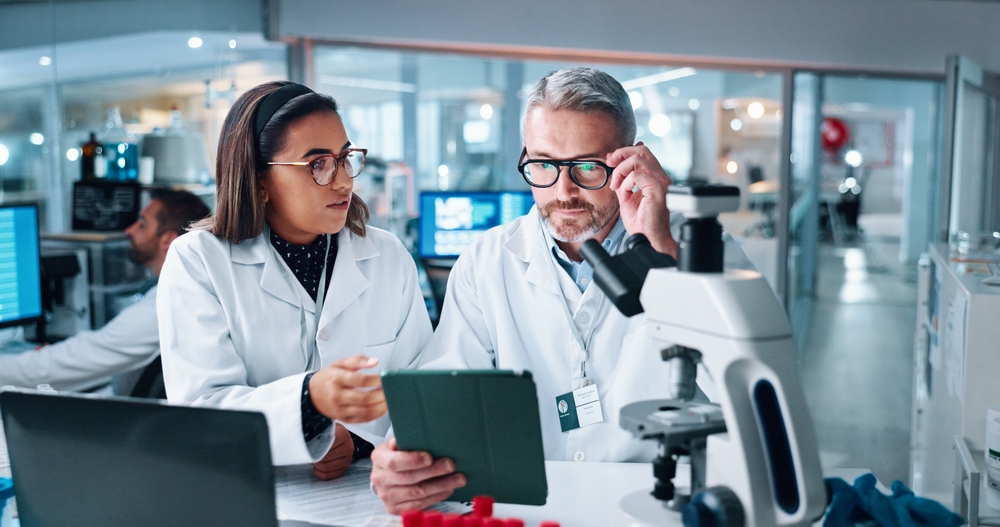
Encouraged by these findings, UFRJ initiated a pilot study involving humans with acute spinal injuries. The polymer was applied directly to the injured region shortly after trauma. According to preliminary results shared on medRxiv, some participants regained voluntary motion below the injury site, a result rarely documented in complete spinal lesions. “When I saw my toes move, I thought I was dreaming,” one participant told researchers. The data remains limited and early, but it captured international attention. For many observers, it was more than a study; it was a glimpse of what regeneration might one day achieve.
How It Might Work
At its core, polylaminin acts like fertile soil for damaged nerves. The nervous system thrives on order, and after injury, chaos takes over. Scar tissue forms, chemical signals misfire, and neurons lose their way. Polylaminin restores that sense of order. It provides cues both structural and molecular that help neurons survive and extend across the lesion site. In lab conditions, neurons on polylaminin grow stronger and more organized than on unmodified laminin.

Beyond neurons, the polymer interacts with glial cells, the caretakers of the brain and spinal cord. By moderating their response, it can limit scarring, which otherwise creates a physical barrier to regeneration. Its stability at body temperature gives it enough time to support healing before breaking down naturally. Because laminin is already a natural component of the body’s matrix, this modified form is expected to minimize immune rejection.
Yet challenges remain. Scientists must still refine how the compound is delivered, ensuring that surgery doesn’t worsen injury. Questions about dosage, timing, and the need for repeat treatments remain unanswered. The human spinal cord is an intricate ecosystem, and rebuilding it will require more than one solution. But every insight gained moves researchers closer to decoding the body’s own regenerative language.
The Human Equation
Every discovery in science carries a lesson for the soul. Polylaminin may be a breakthrough for spinal repair, but at its heart, it teaches us something about personal growth. Healing the nervous system and healing one’s life both begin with creating the right environment. Just as neurons need structure and stability to reconnect, our focus and motivation thrive when we build habits that support them. The body cannot grow in chaos, and neither can the mind.
When researchers transformed laminin into a stronger, more flexible version of itself, they mirrored what human resilience truly is: the ability to reshape, adapt, and rebuild after damage. We are not fixed beings. The moment we believe we can learn, we begin to regenerate. Progress is not born from perfection but from persistence—small, consistent actions that strengthen our internal framework just as polylaminin strengthens neural connections.

So let this science be a mirror. When you feel disconnected or defeated, remember that healing is not about instant change. It is about giving yourself the conditions to grow again. Focus, discipline, and self-belief are your own version of polylaminin. They are the invisible scaffolds that help your mind rebuild from within.
Healing, whether in science or in life, begins with faith in the unseen. Polylaminin shows that even after great damage, connection can return. In our own journeys, that same truth applies. When we keep nurturing growth, no setback is final, and every effort becomes a step toward wholeness again.
The Ripple Effect
The story of polylaminin does not end in the lab. Its meaning extends far beyond biology, reminding us that the pursuit of healing can ripple through every layer of society. Just as this polymer creates bridges inside the spinal cord, breakthroughs like this build bridges between people, inspiring collaboration, empathy, and belief in possibility. Science becomes more than a profession; it becomes an act of collective hope.
When we see progress in medicine, it renews our trust in human creativity. Each experiment represents years of unseen effort, failures, and restarts, the same pattern that defines any path toward achievement. In the same way that researchers refine their methods, we refine our purpose, testing, adjusting, and growing until we find what works. Every moment of discipline and curiosity we bring to our own lives adds to the larger movement of human evolution.
If polylaminin can teach us anything, it is that healing multiplies when it is shared. Supporting scientific progress, caring for those in recovery, and cultivating compassion all stem from the same impulse, to reconnect what has been broken. In science and in spirit, we rise not when we stand alone but when we lift each other back to motion.
The Future We Build Together
Polylaminin is more than a scientific discovery. It is a reminder that progress in the lab reflects progress in the human spirit. Each new piece of evidence brings us closer to understanding how life repairs itself and how we, too, can rebuild after loss. Science shows us that growth never ends, and neither does the capacity for renewal.
In every experiment, every recovery, and every act of perseverance, we witness a truth larger than biology. Healing is both a personal and collective act of faith. It asks us to look beyond limitation and choose effort over despair. The future of medicine will not only depend on what researchers find but on what humanity continues to believe is possible.
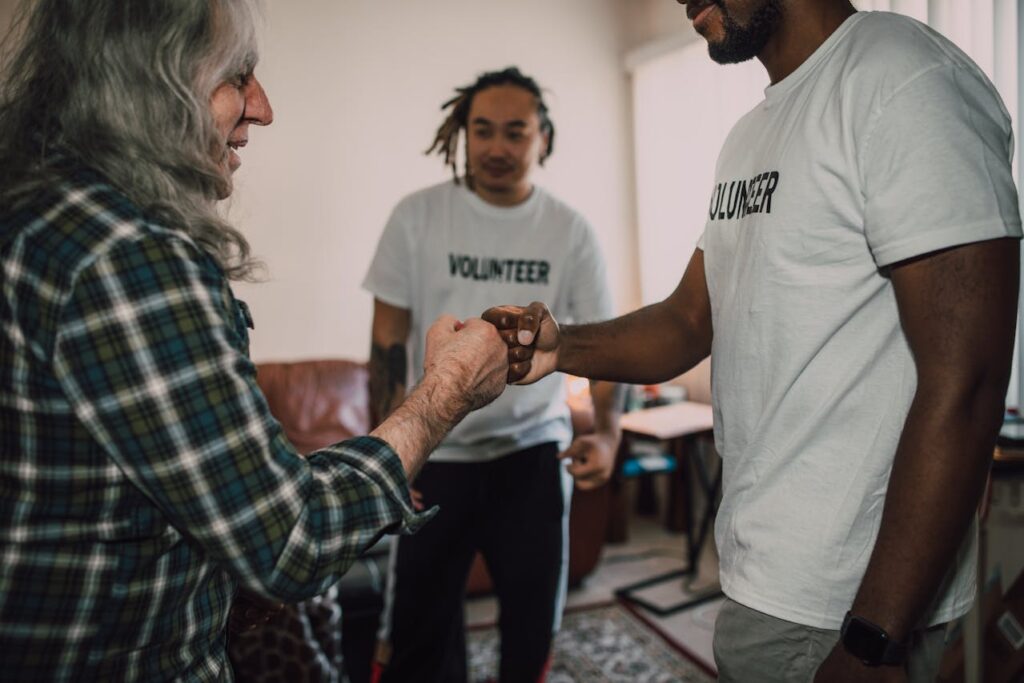
Polylaminin may one day restore movement to those who have lost it, but its deeper lesson is timeless. When curiosity meets compassion, and when knowledge serves hope, we create something extraordinary, the ability to rebuild not just bodies, but the very idea of what it means to be human.
Loading...

